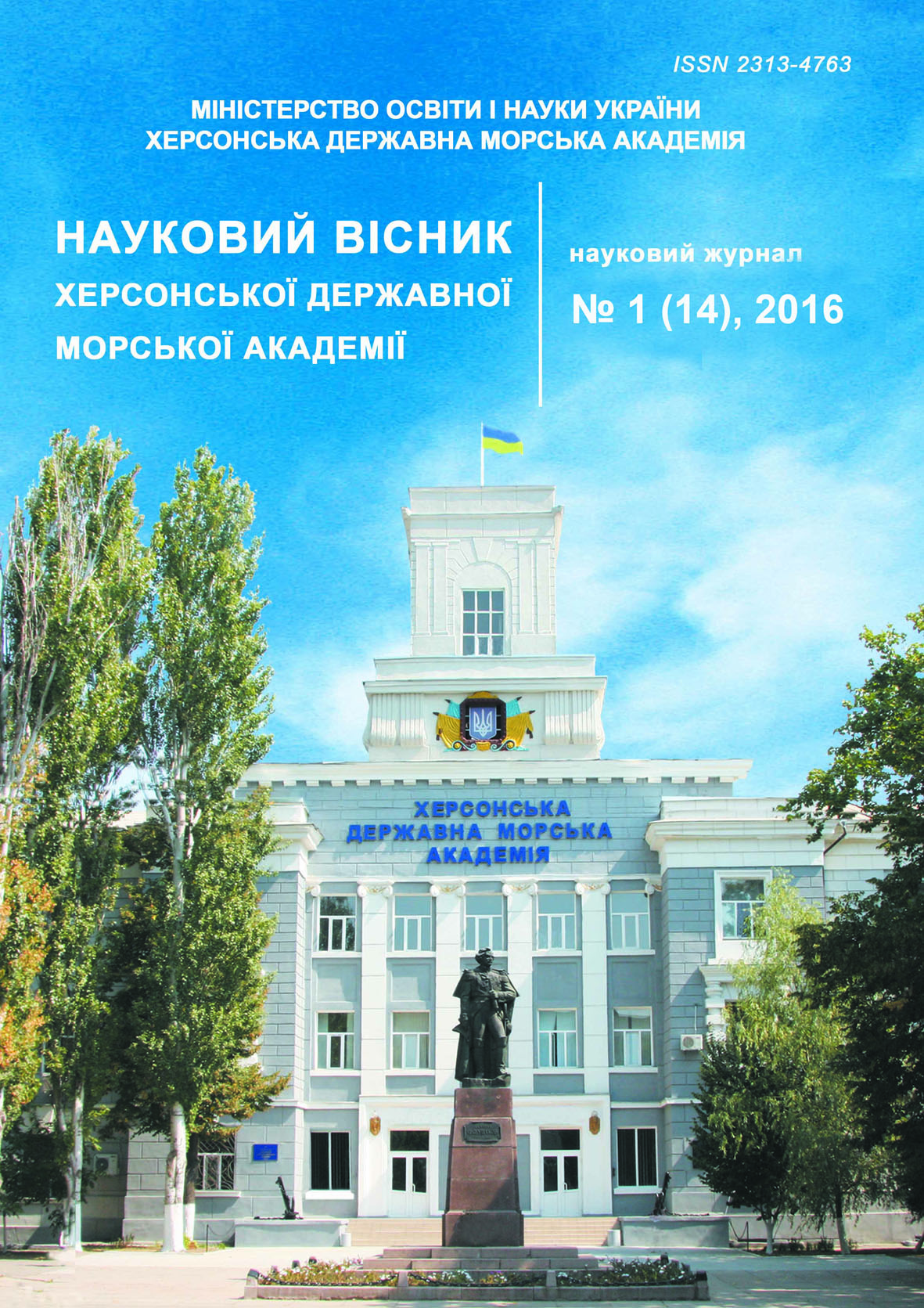INVESTIGATION USE OF FEATURES OF PULSE BIDIRECTIONAL TURBINE IN THERMOACOUSTIC HEAT MACHINES
Abstract
Creating effective use of low temperature heat sources is an important task for the energy, industry, transport. Improving the thermal engine causes permanent reduction of the temperature level of waste heat. The introduction of LNG fuels adds so-called «cryogenic» thermal resources, system of regasification of LNG. Thermoacoustic technology in potentially able to provide the possibility of use of low temperature waste heat resources. Implementation of these technologies prevents the serious problem of direct production of electric energy from the thermoacoustic engine. Using piezoelectric transducer and linear electric generators increases the cost of such systems, create limits of their capacity, and degrades reliability. The introduction of bidirectional impulse turbines should help solve the problem. With pro-gram DELTA EC conducted variant calculations thermoacoustic engine (TAD) with the cycle of Brighton. As a result TAD design has been optimized for use bidirectional impulse turbines. In this work the parameters of BIT sample questionnaire, provided a description of the experimental stand, given the results of experimental studies of mental-identified areas for further work.
References
2. De Blok, K. (2008). Low operating temperature integral thermo acoustic devices for solar cooling and waste heat recovery. Acoustic-2008, International conference. Paris, 18–24.
3. Robert M. (2011). Keolian Truck Thermoacoustic Generator and Chiller. Final Report. DOE Project DE-FC26-04NT42113 CPR/IW Project 17057. Applied Research Laboratory. The Pennsylvania State University.
4. Kees de Blok, Acoustic to electric power conversion/ Kees de Blok, Pawel Owczarek, Maurice Francois, // Aster Thermoacoustics-2014. http://www.aster-thermoacoustics.com/
5. Thakker A., Hourigan F. Modeling and scaling of the impulse turbine for wave power applications // Renewable Energy. 2004. V. 29, no. 3. P. 305–317
6. Bruno Pereias at all. «An improved radial impulse turbine for OWC». // Renewable Energy 36 (2011) 1477-1484.
7. De Blok, K. Bi-directional turbines for converting acoustic wave power into electricity //[Text] / Kees de BLOK/ http://www.aster-thermoacoustics.com/
8. Kloprogge T. Turbine design for thermo-acoustic generator: Masters thesis. Aeronautical Engineering, Hogeschool. Holland Delft, 2012. 72 p.
9. Korobko V.V. Chyslove modelyuvannya sudnovoyi termoakustychnoyi systemy rehazyfikatsiyi LNG palyv // Naukovyy visnyk Khersons’koyi derzhavnoyi mors’koyi akademiyi. – Kherson : Vydavnytstvo KhDMA, 2015. – # 2 (12). – S. 36-42
10. Ward B. Design Environment for Low-amplitude Thermoacoustic Energy Conversion / B. Ward, J. Clark, G. Swift // Los Alamos National Laboratory. – 2008. – 282 p.






